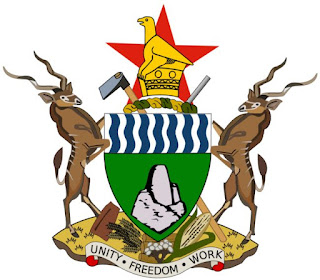Save by paying attention to the small amounts (Part 3)
Contract add-ons
A way in which retailers have become ‘cunning’ is by adding
some charges which ordinarily one would not seek out. This is prevalent when it
comes to store accounts, furniture accounts and other hire purchase agreements
where you might be asked to sign up for some insurance or the other. Although
you might be quoted a small amount such as R20 per month, you will actually be
paying more as this amount increases your account balance on which interest is
charged. Recently there are reports of investigations which were conducted by a
Consumer watchdog of one of the major furniture stores. This article
unpacks the story.
Last month I decided to look at my vehicle insurance
agreement and realised there is something I had signed up for which on second
thoughts was not necessary. Included in my premium was a monthly charge of R56
(almost R60) for car hire in case my vehicle needed to go for repairs. This ‘small
amount’ adds up- R60 in a year is R720. I decided to drop this amount from my
premium.
Service plans
A service plan is meant to cover your vehicle when it needs
to go for repairs or the annual checks or specified number of kilometres
(whichever comes first). Generally vehicles have a 5 year manufacturer’s
warranty. This works as an indicator that in most instances new vehicles tend
to start experiencing problems after the fifth year. When you get a service
plan for a new vehicle- you will mostly utilise the ‘service’ when you go for
the checks. A way of saving money would be to start your own plan i.e. you can
find out the costs of the service at the different intervals and put aside the
money in an investment. The company you are giving money to is actually doing
the same- so why not beat them at their own game J.
Electricity
One of the major drains of electricity in a household is the
geyser. About 3 years ago I decided to start experimenting to see if there
would be any savings from switching off the geyser. I would switch on the
geyser in the evening after 21h00 aligning with the call by Eskom to reduce
usage during the 19h00 to 20h00 peak power usage slot. I would (and still do)
leave the geyser on for about 1 hour in summer and 2-3 hours in winter. After
the time I would switch off the geyser and the water would still be blistering
hot in the morning when we take our showers. When I started the experiment we
started saving R100 per month based on reduced spend on electricity. This
amount adds up R100 x 12 x 3 years = R3,600


Comments
Post a Comment